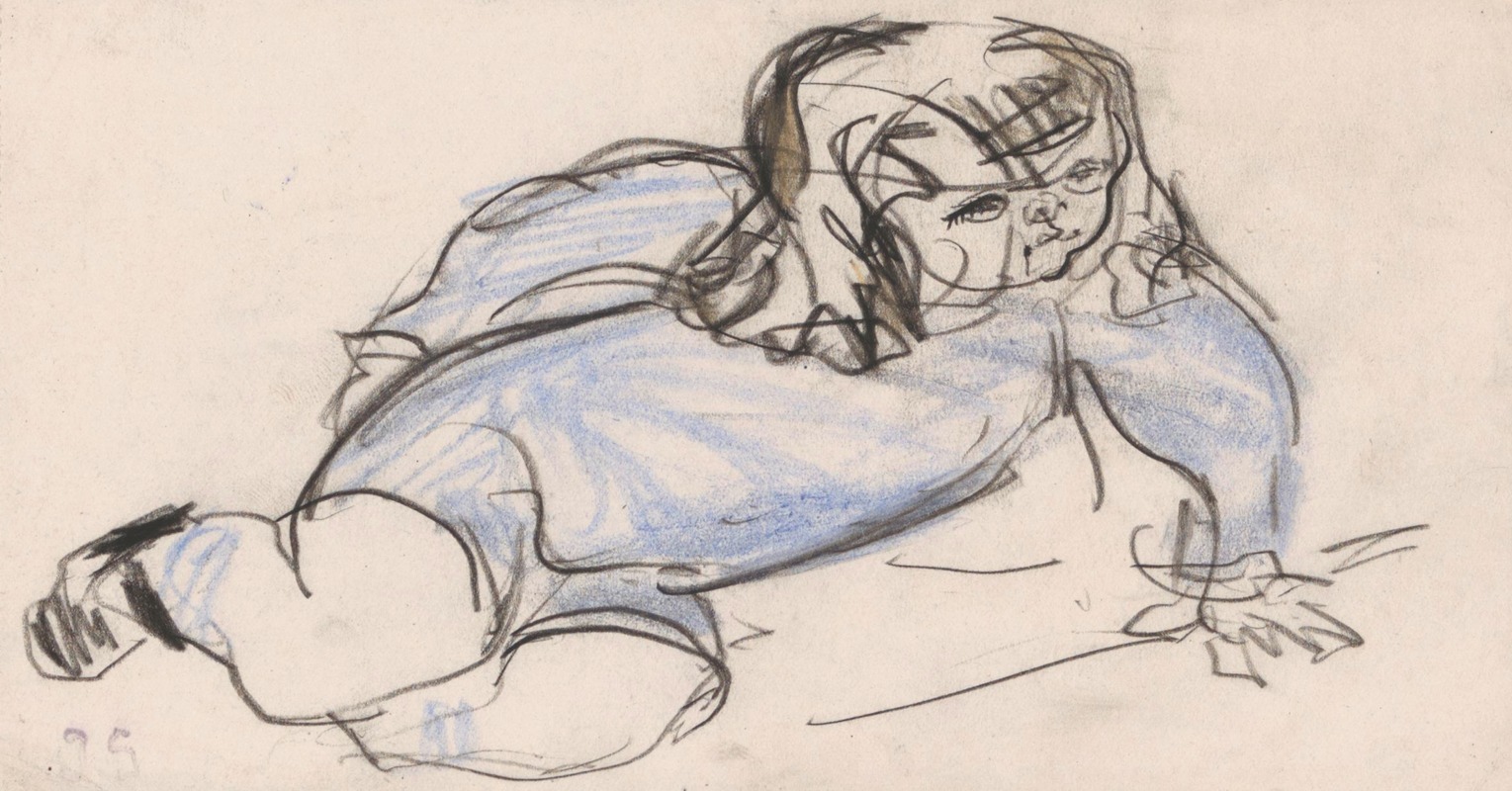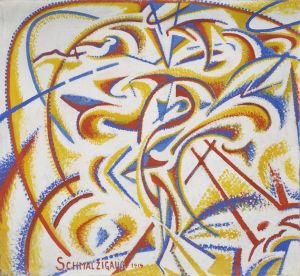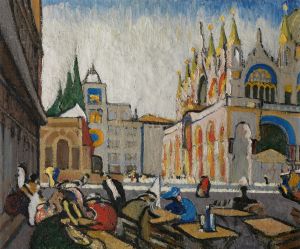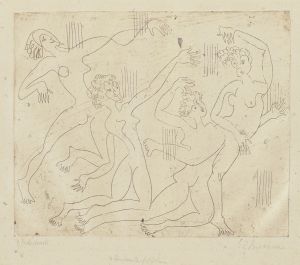
Lying on the Side
A hand-painted replica of Jules Schmalzigaug’s masterpiece Lying on the Side, meticulously crafted by professional artists to capture the true essence of the original. Each piece is created with museum-quality canvas and rare mineral pigments, carefully painted by experienced artists with delicate brushstrokes and rich, layered colors to perfectly recreate the texture of the original artwork. Unlike machine-printed reproductions, this hand-painted version brings the painting to life, infused with the artist’s emotions and skill in every stroke. Whether for personal collection or home decoration, it instantly elevates the artistic atmosphere of any space.
Jules Schmalzigaug (1882-1917) was a Belgian painter associated with the Futurist movement, which emphasized themes of speed, technology, and modernity. Schmalzigaug was one of the few non-Italian artists to fully embrace Futurism, and his works often reflect the dynamic energy and movement that characterize the style. One of his notable works is "Lying on the Side."
"Lying on the Side" exemplifies Schmalzigaug's commitment to the principles of Futurism. The painting captures a sense of motion and fluidity, using vibrant colors and dynamic lines to convey the energy and rhythm of modern life. Schmalzigaug's technique involves the use of fragmented forms and overlapping planes, which create a sense of depth and movement. This approach is typical of Futurist art, which sought to break away from traditional representations of static subjects and instead depict the dynamism of contemporary existence.
Schmalzigaug was deeply influenced by his time in Italy, where he was exposed to the works of leading Futurist artists such as Umberto Boccioni and Giacomo Balla. Their emphasis on depicting motion and the mechanical aspects of modern life resonated with Schmalzigaug, who incorporated these elements into his own work. "Lying on the Side" reflects this influence, with its bold use of color and form to create a sense of kinetic energy.
The painting is characterized by its use of bright, contrasting colors, which Schmalzigaug employed to evoke a sense of vibrancy and movement. The composition is dynamic, with lines and shapes that seem to pulse and flow across the canvas. This creates a visual rhythm that draws the viewer's eye and conveys the sensation of motion. Schmalzigaug's use of color and form in "Lying on the Side" demonstrates his mastery of Futurist techniques and his ability to translate the movement's principles into compelling visual art.
Schmalzigaug's work, including "Lying on the Side," is significant not only for its artistic merit but also for its contribution to the broader Futurist movement. As one of the few non-Italian Futurists, Schmalzigaug played a crucial role in spreading the movement's ideas beyond Italy and demonstrating its relevance to artists in other countries. His work helped to establish Futurism as an international movement and contributed to its lasting impact on the development of modern art.
Tragically, Schmalzigaug's career was cut short by his untimely death in 1917. Despite his brief career, his work has left a lasting legacy, and "Lying on the Side" remains an important example of Futurist art. The painting continues to be studied and appreciated for its innovative approach to depicting motion and its vibrant, dynamic composition.
In summary, "Lying on the Side" by Jules Schmalzigaug is a notable work within the Futurist movement, characterized by its dynamic composition, vibrant colors, and innovative depiction of motion. Schmalzigaug's contributions to Futurism, particularly as a non-Italian artist, highlight the movement's international reach and enduring influence on modern art.


















